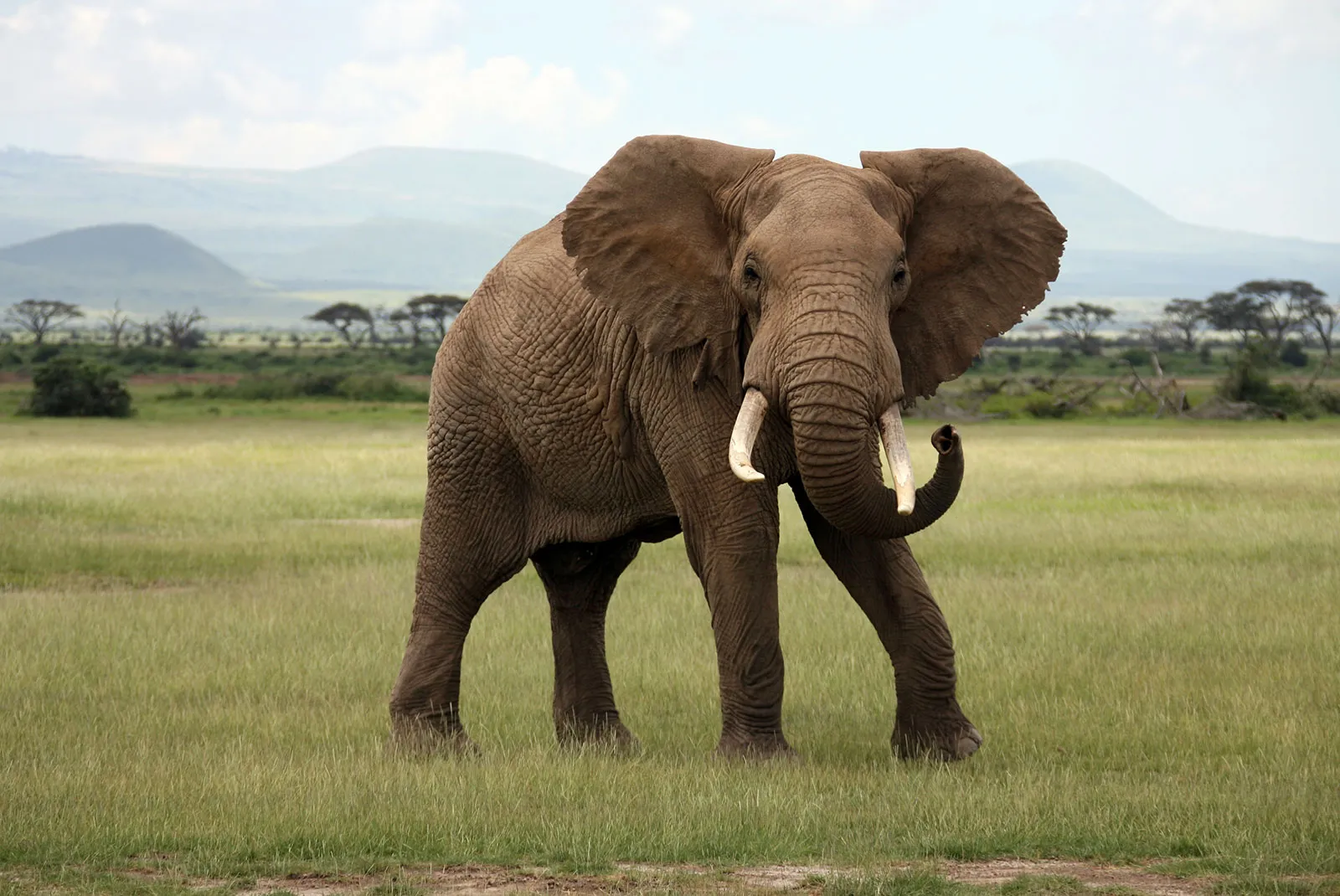The African Elephant: Majestic Giants of the Savanna
The African Elephant (Loxodonta africana) stands as one of the most iconic and magnificent creatures to roam the African continent. Known for their remarkable intelligence, complex social structures, and sheer size, these gentle giants play a crucial role in maintaining the balance of their ecosystems
Physical Characteristics:
The African Elephant is the larger of the two elephant species, with males, known as bulls, reaching weights of up to 12,000 pounds (5,400 kilograms) and standing at shoulder heights of around 10 to 13 feet (3 to 4 meters). Females, or cows, are generally smaller, weighing between 6,000 to 8,000 pounds (2,700 to 3,600 kilograms). Their distinctive large ears, resembling the shape of the African continent, serve multiple functions, including regulating body temperature and enhancing hearing.
Both male and female African Elephants possess elongated, curved ivory tusks, which can reach lengths of over 10 feet (3 meters). Unfortunately, these tusks have made the species a target for poachers, leading to a significant threat to their populations.
Behavior and Social Structure:
African Elephants are highly social animals that live in complex family units called herds. These herds are usually led by an older, experienced female known as the matriarch. The social structure is matriarchal, and females typically remain in the same herd throughout their lives. Males, on the other hand, may form loose associations or live solitary lives.
Communication within the herd involves a range of vocalizations, such as trumpeting, rumbling, and roaring. Additionally, elephants communicate through body language, using gestures like ear flapping, head shaking, and trunk movements to convey emotions and intentions.
Habitat and Range:
African Elephants inhabit a diverse range of ecosystems, including savannas, forests, and grasslands. They are found in various countries across the African continent, with significant populations in countries like Botswana, Uganda, Tanzania, South Africa, and Kenya. Their adaptability to different environments has contributed to their widespread distribution.
Conservation Status: – The African Elephant (Loxodonta africana)
Despite their adaptability, African Elephants face numerous threats that have led to a decline in their populations. The primary threat is poaching for ivory, driven by high demand in illegal markets. Loss of habitat due to human encroachment, human-wildlife conflict, and climate change are also significant challenges.
Conservation efforts are underway to protect these majestic creatures. International organizations, governments, and local communities are working together to combat poaching, establish protected areas, and promote sustainable coexistence between humans and elephants.
Remarks: – The African Elephant (Loxodonta africana)
The African Elephant is not merely an emblematic species; it is a keystone species that plays a vital role in shaping and maintaining the ecosystems it inhabits; Understanding and addressing the challenges faced by these majestic creatures are crucial not only for their survival but for the overall health and biodiversity of African landscapes; Through concerted conservation efforts and global awareness, we can ensure the continued existence of the African Elephant for generations to come.








